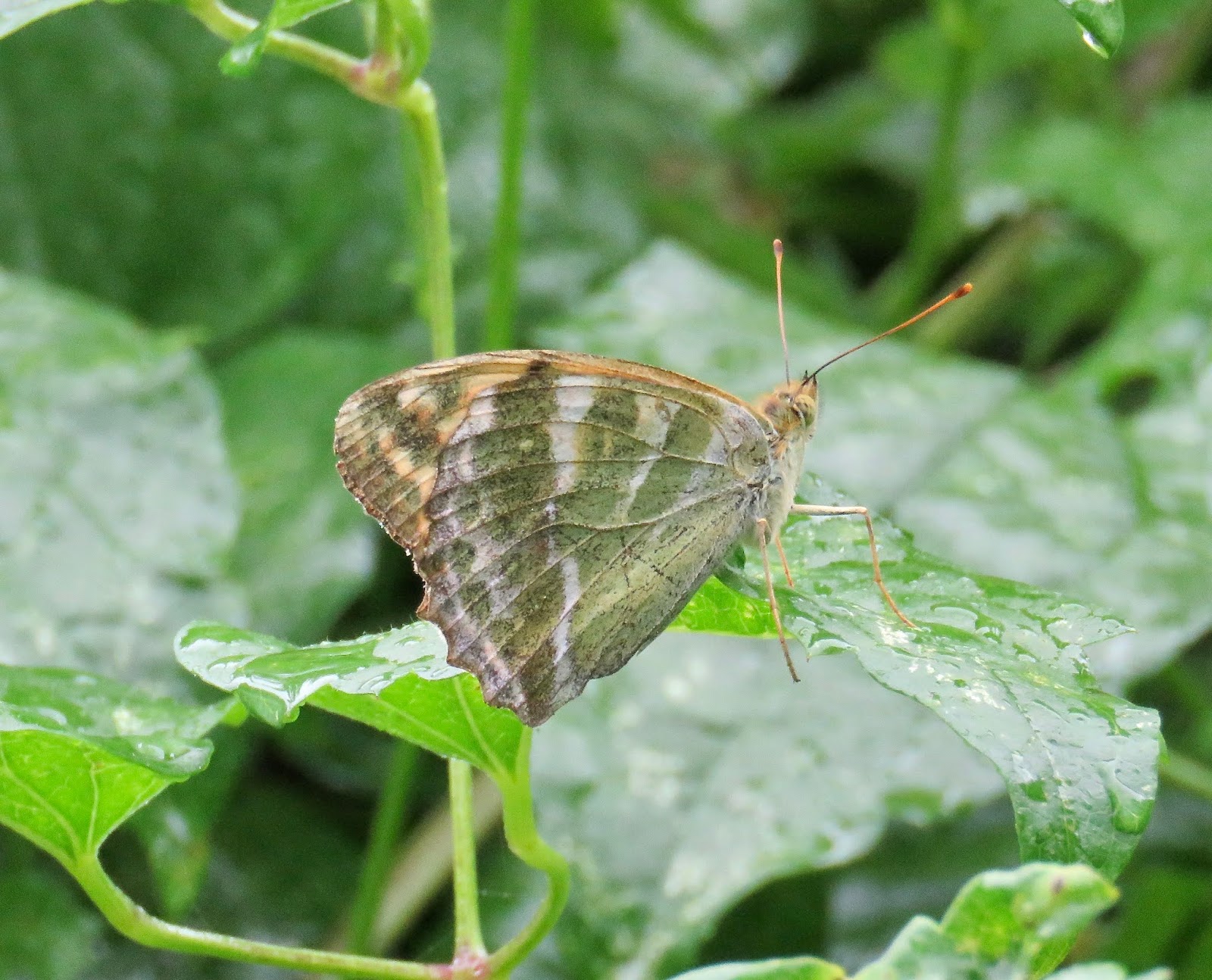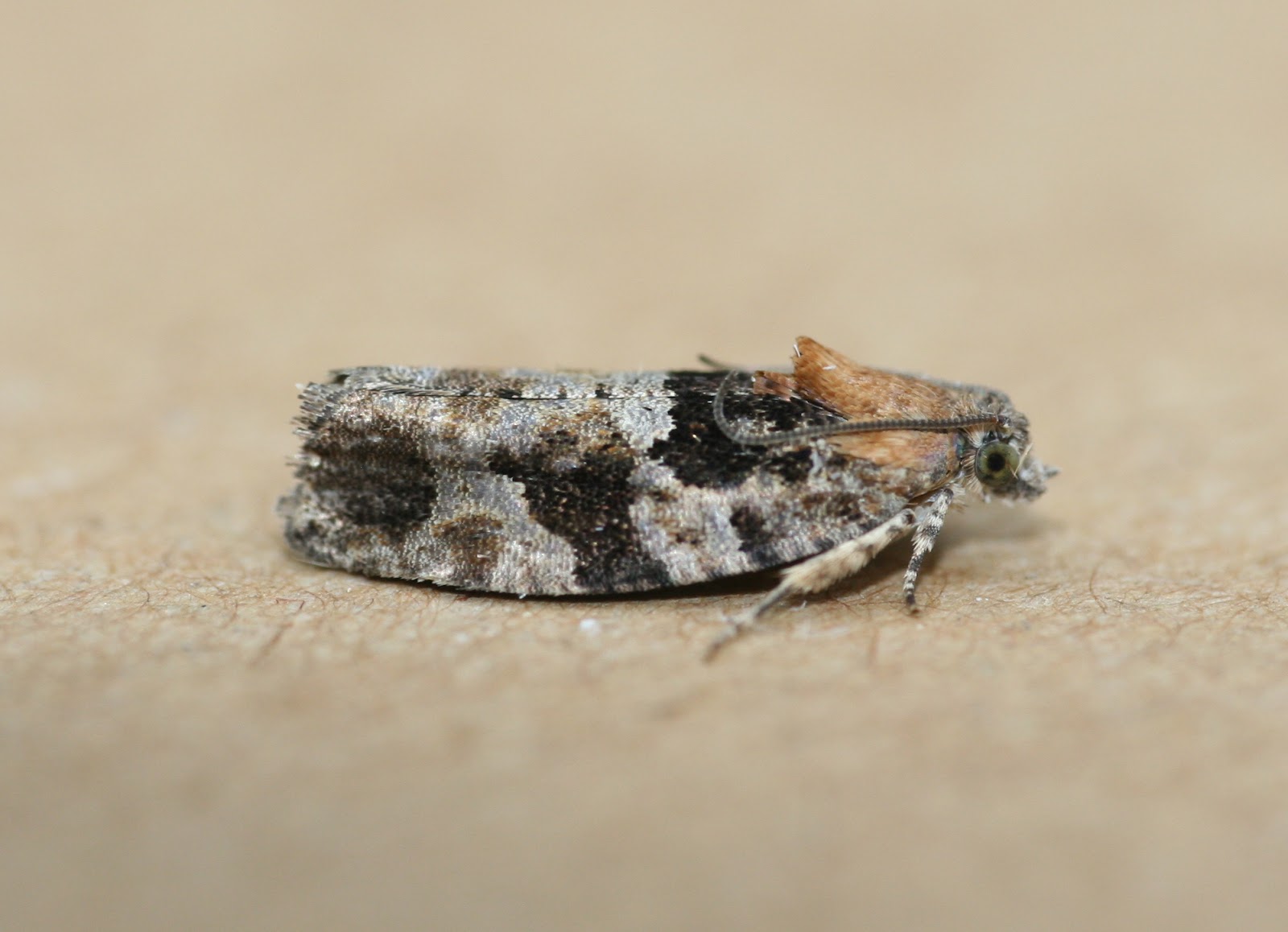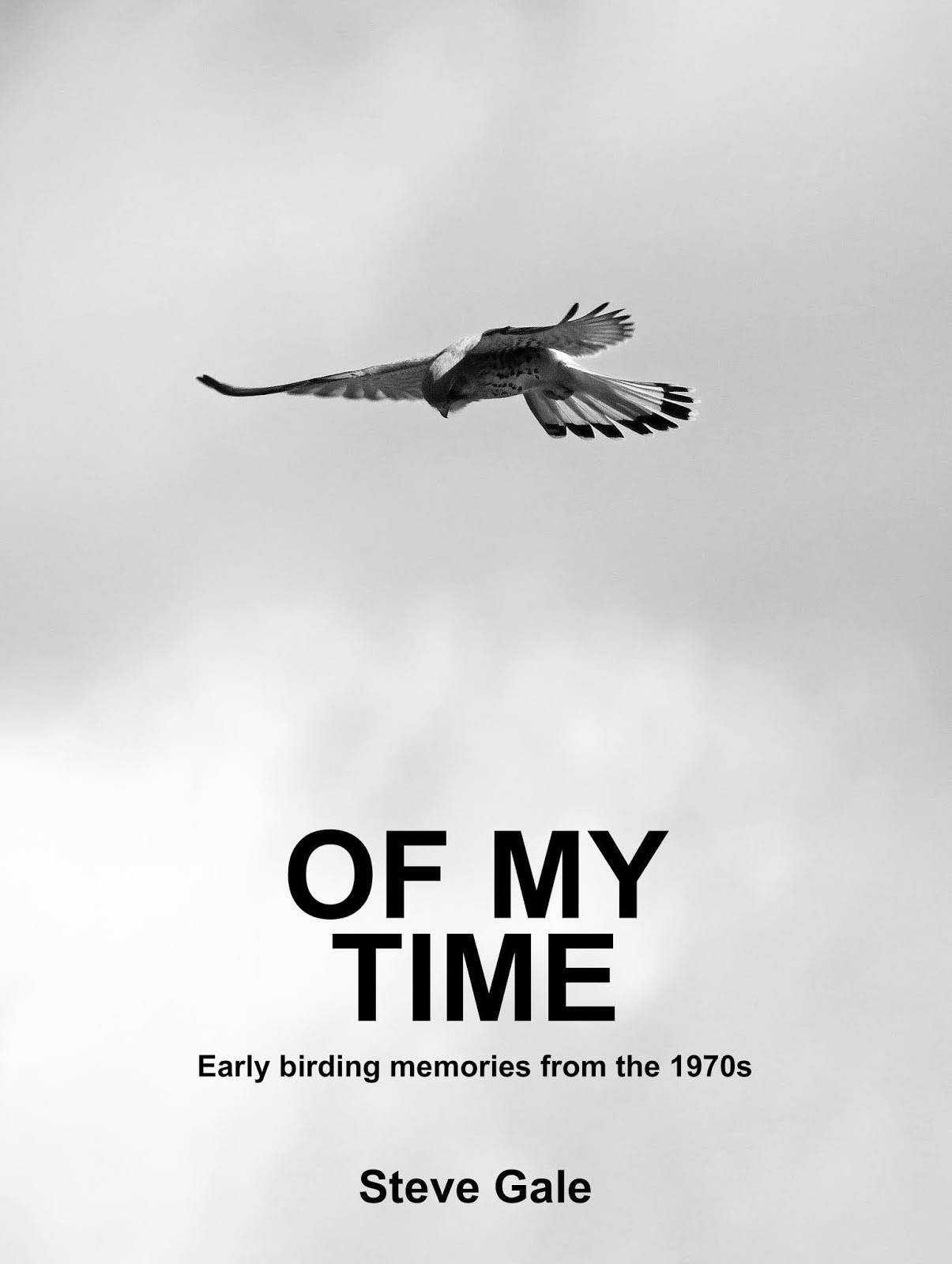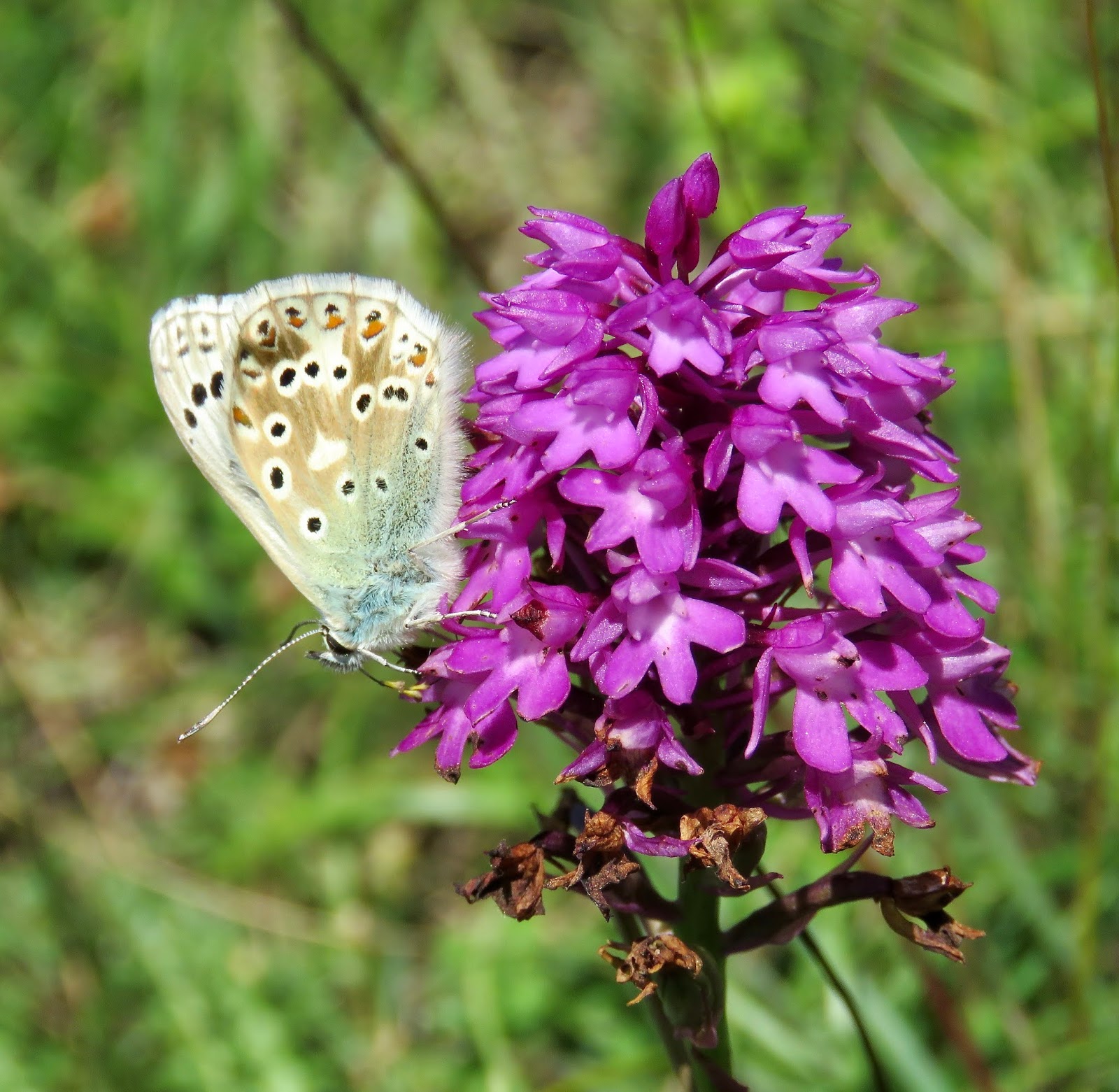Writing a wrong

If you are a regular visitor to ND&B you will be aware that I have recently written a lengthy account of my formative years birding during the 1970s (you can download it by visiting the rather grandly named 'ND&B Publications' tab above this post and underneath the blog header.) I was only able to bring together such a detailed account because, at the time of the observations, I had written at length about them and kept all of my notebooks. There were some memories strong enough to not have needed a written history to refer to, but many more that did. I have been heartened to have received a positive feedback to the project, and what with the enjoyment that I took from producing it, have started on the next one - based on my 1980s birding experience. I started to look through my notebooks from that period of time and found out something troubling - my enthusiasm for narrative and description was, at times, deserted in the mid-1980s. It wasn't completely abandoned,








